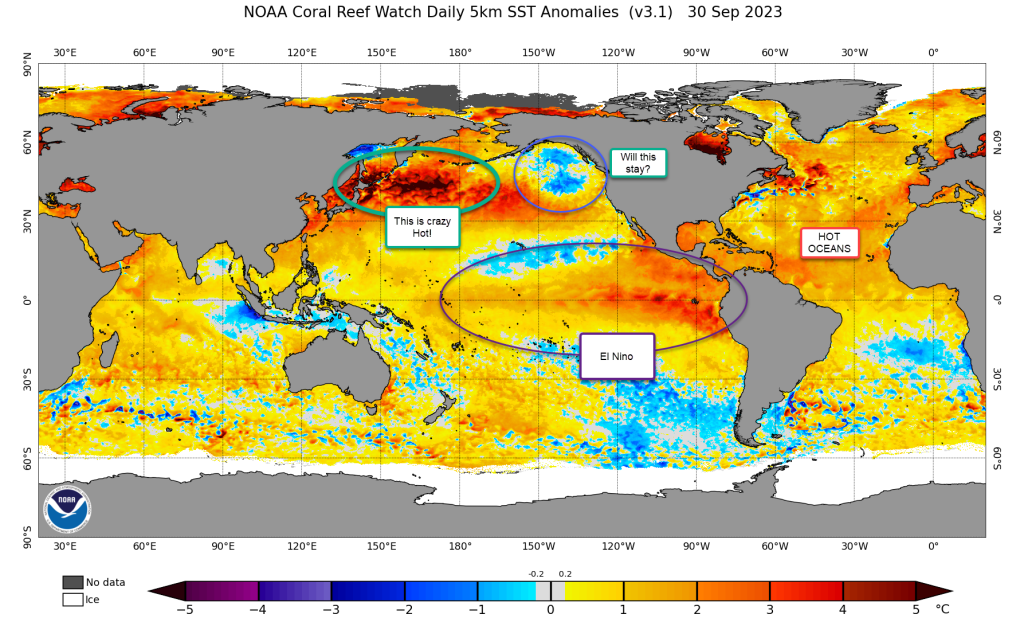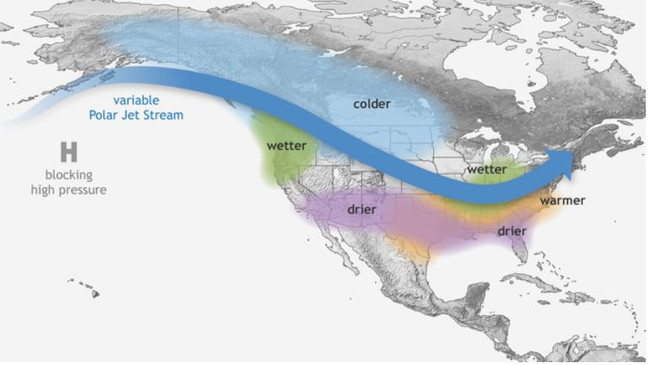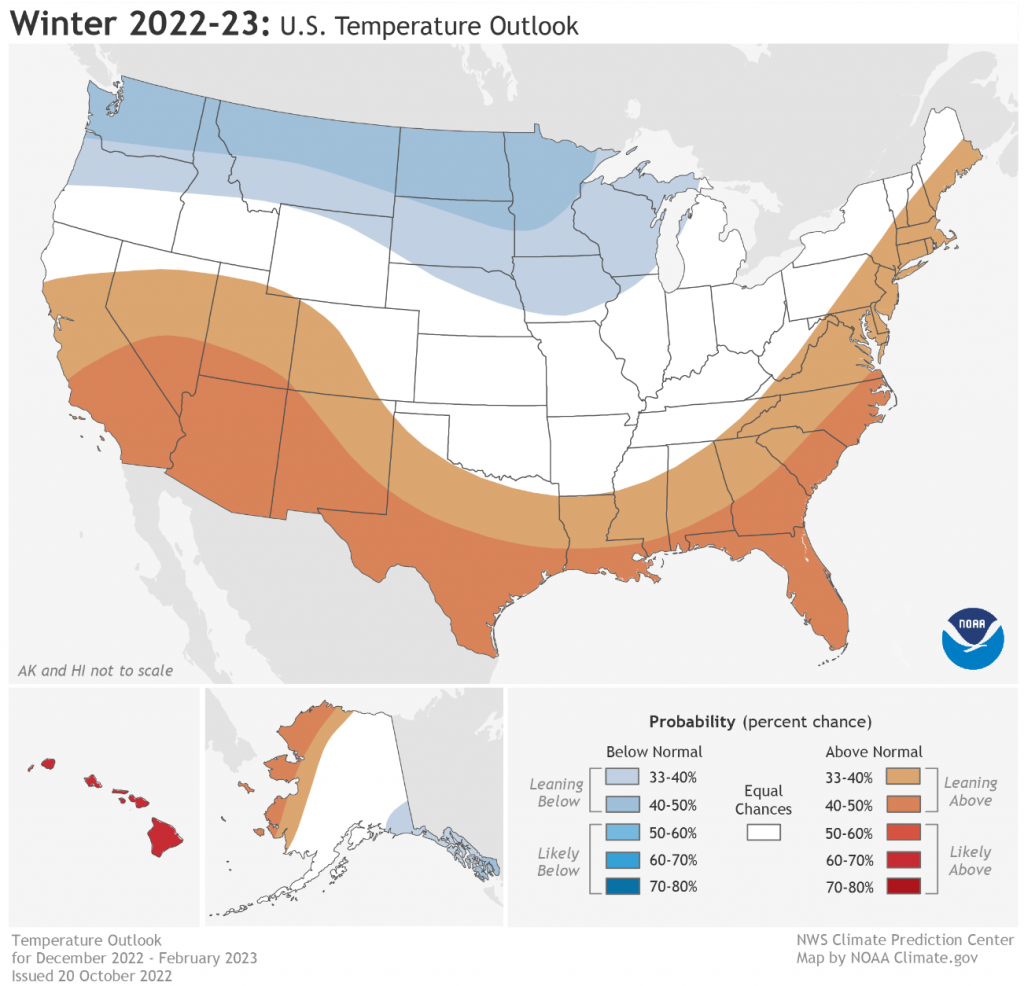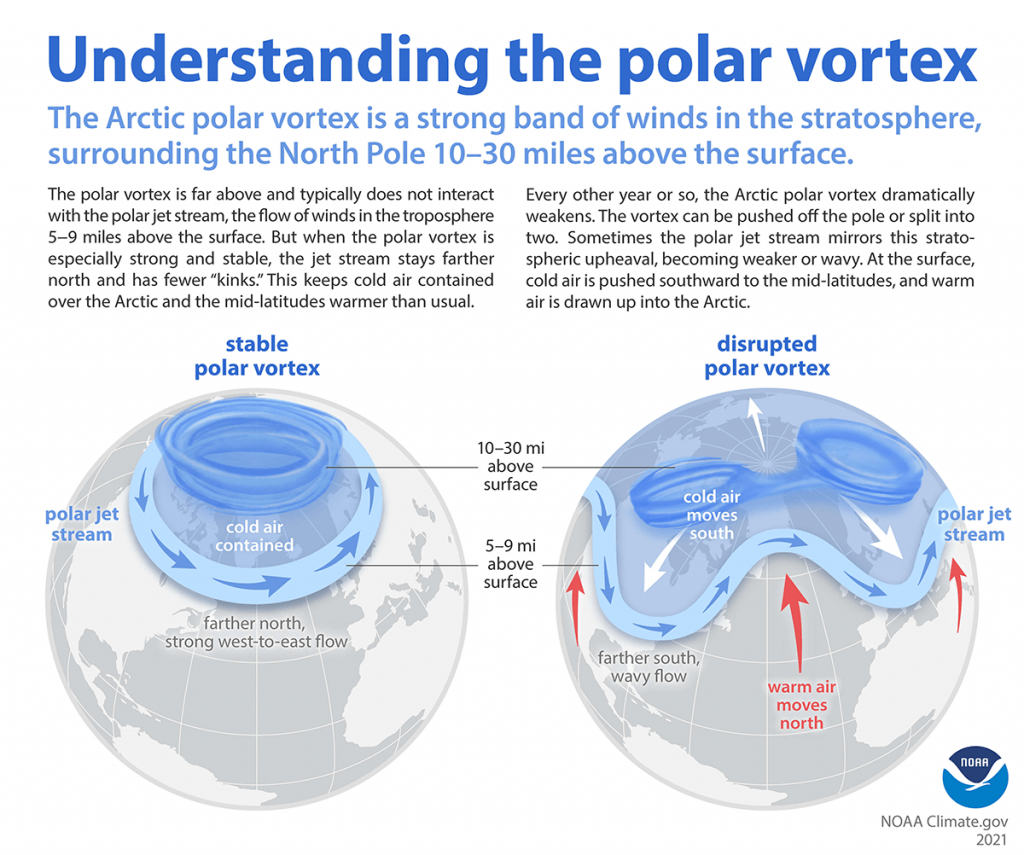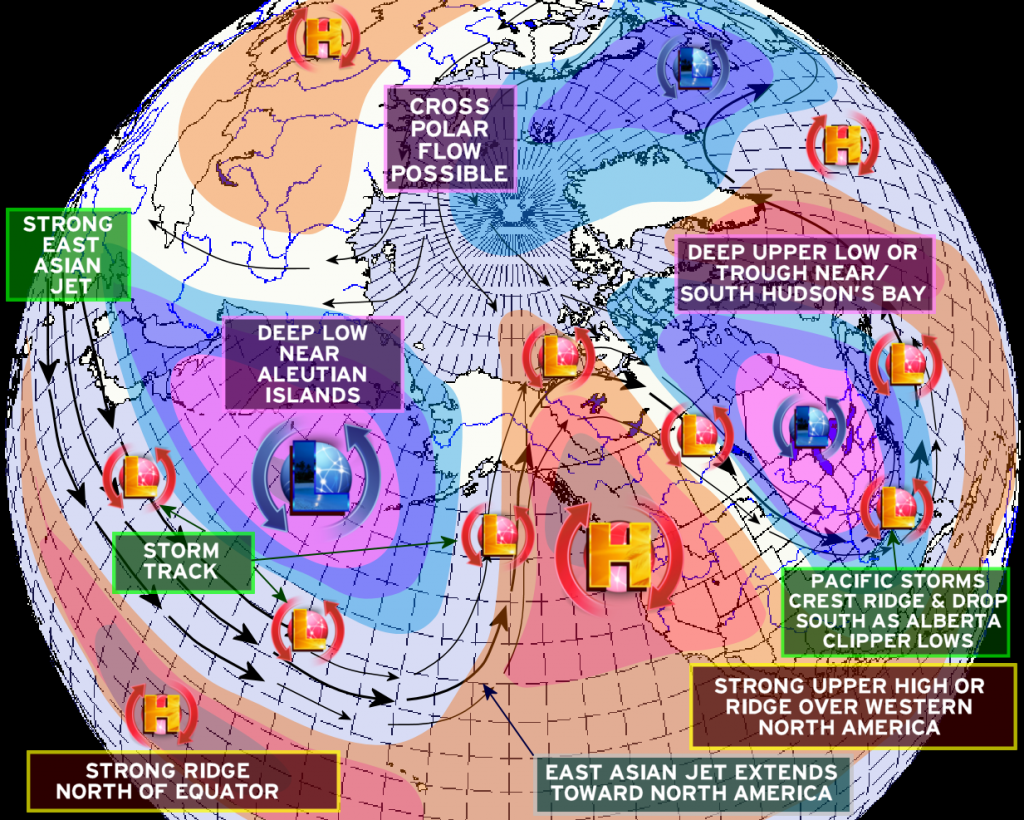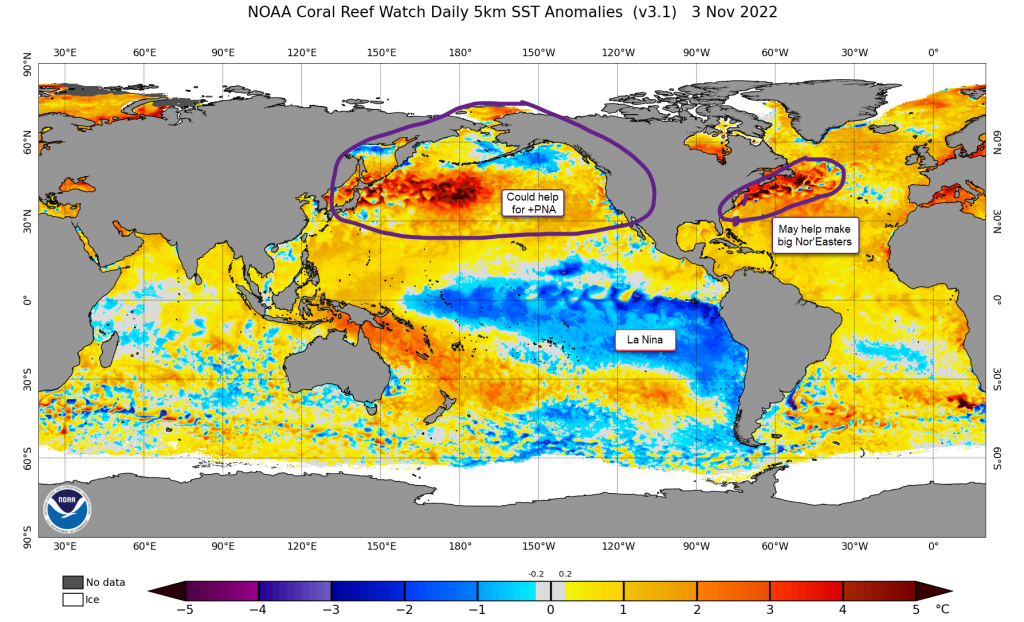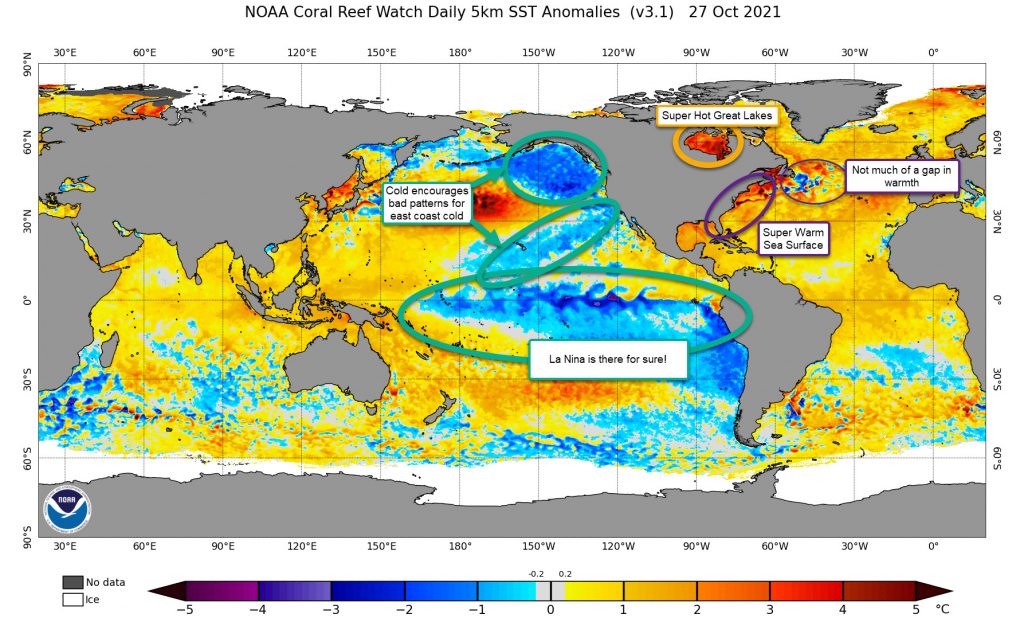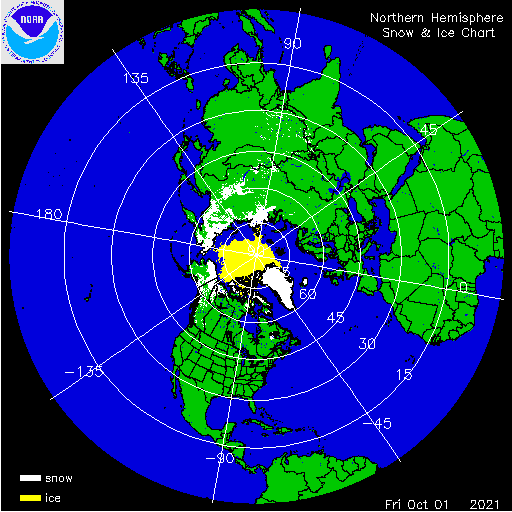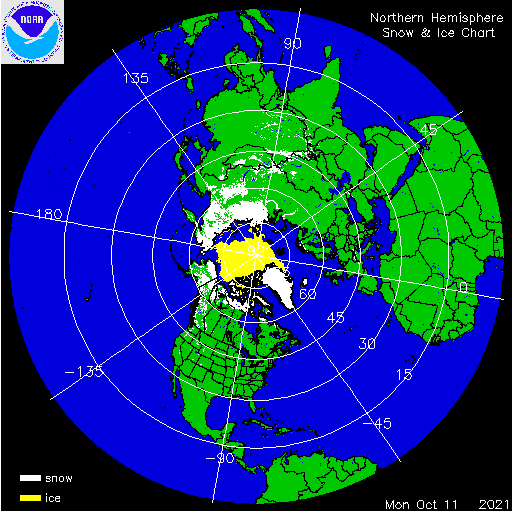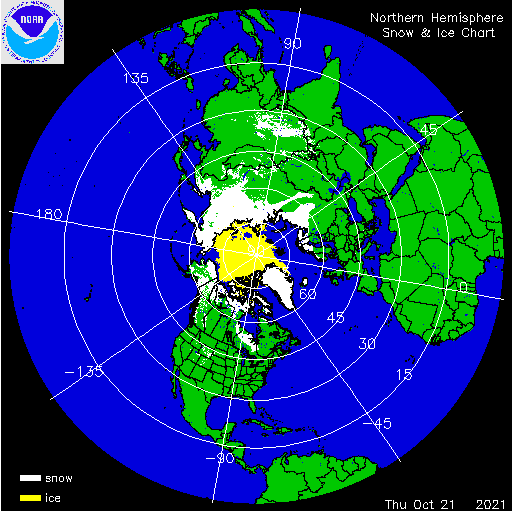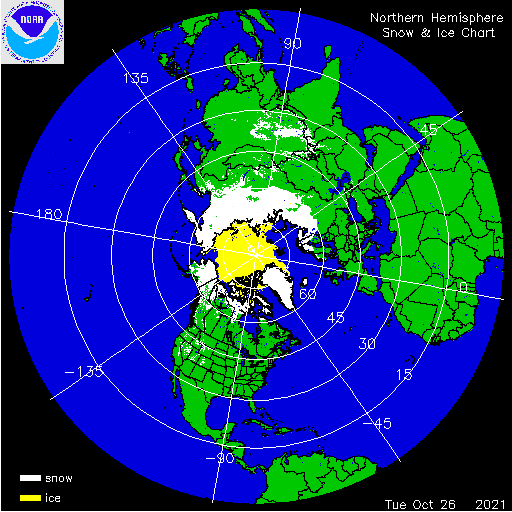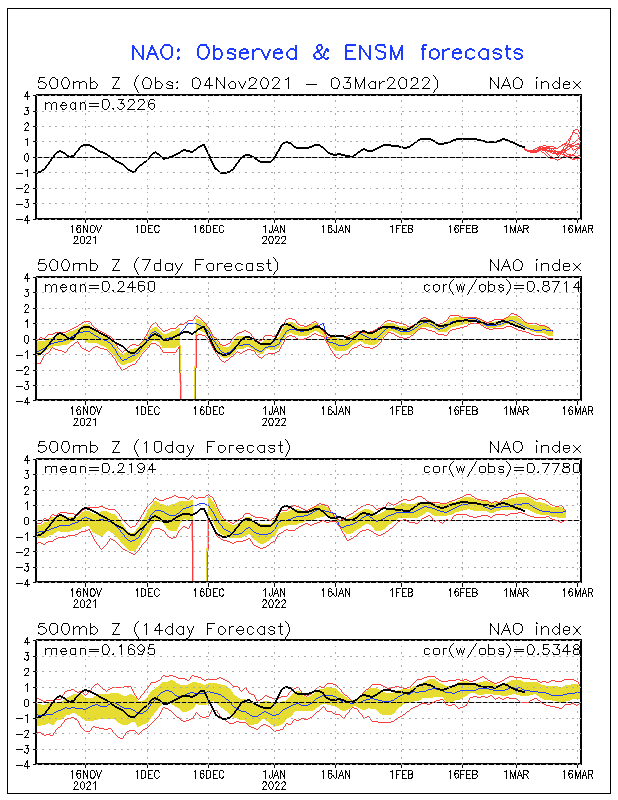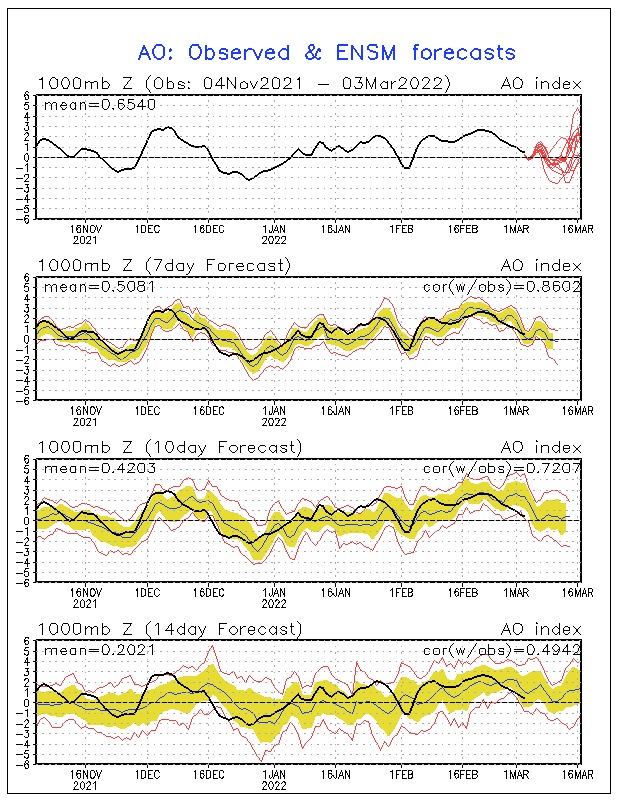We have a risk of isolated severe weather today, but the clouds should help keep the severe not as widespread. Despite this, there could still be an isolated storm with high winds, hail, and even an isolated tornado. I think that the greater risk is south and east of Loudoun. Showers and some thunderstorms do look likely, but most of these may hold off until this evening, which will make most of the day dry, though a few small showers could pass through in the next few hours.
PLEASE STAY WEATHER-AWARE TODAY
ALSO NOTE – The NOAA NWS Storm Prediction Center has already outlined the area for a likely Severe Watch in the region.
If we clear out and the sun helps to destabilize the atmosphere, the chances for severe weather will increase.
The week should get better as we go forward.
Forecast:
Memorial Day: ![]() Hi 84 Lo 61 – Scattered showers and thunderstorms will become likely later in the afternoon and evening. Mostly cloudy, becoming clear overnight.
Hi 84 Lo 61 – Scattered showers and thunderstorms will become likely later in the afternoon and evening. Mostly cloudy, becoming clear overnight.
Tuesday: ![]() Hi 81 Lo 55 – Slight chance of showers and thunderstorms in the afternoon. Sunny during the day, mostly clear at night.
Hi 81 Lo 55 – Slight chance of showers and thunderstorms in the afternoon. Sunny during the day, mostly clear at night.
Wednesday: ![]() Hi 74 Lo 52 – Chance of showers, with possible thunderstorms in the afternoon. Partly sunny during the day, mostly cloudy at night.
Hi 74 Lo 52 – Chance of showers, with possible thunderstorms in the afternoon. Partly sunny during the day, mostly cloudy at night.
Thursday: ![]() Hi 71 Lo 49 – Sunny during the day, mostly clear at night.
Hi 71 Lo 49 – Sunny during the day, mostly clear at night.
Friday: ![]()
![]()
![]()
Saturday: ![]()
![]()
![]()
Sunday: ![]()
![]()
![]()
The more extended range looks near average but will trend warmer again and wetter.
Please support Tree of Life Ministries, an important organization to me! https://www.tolministries.org

